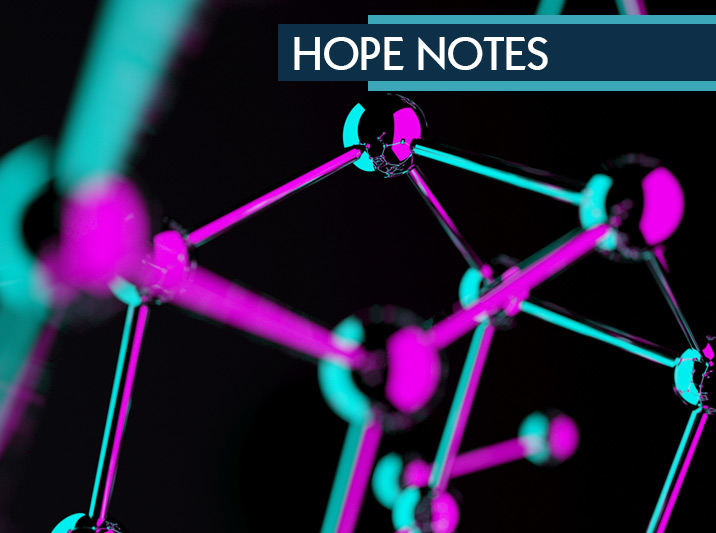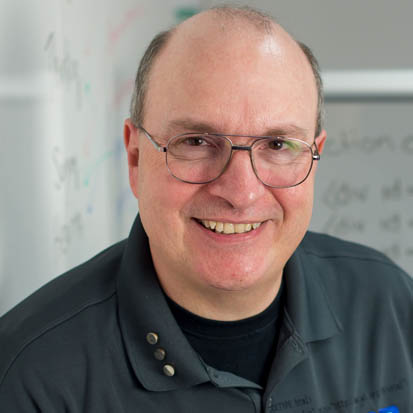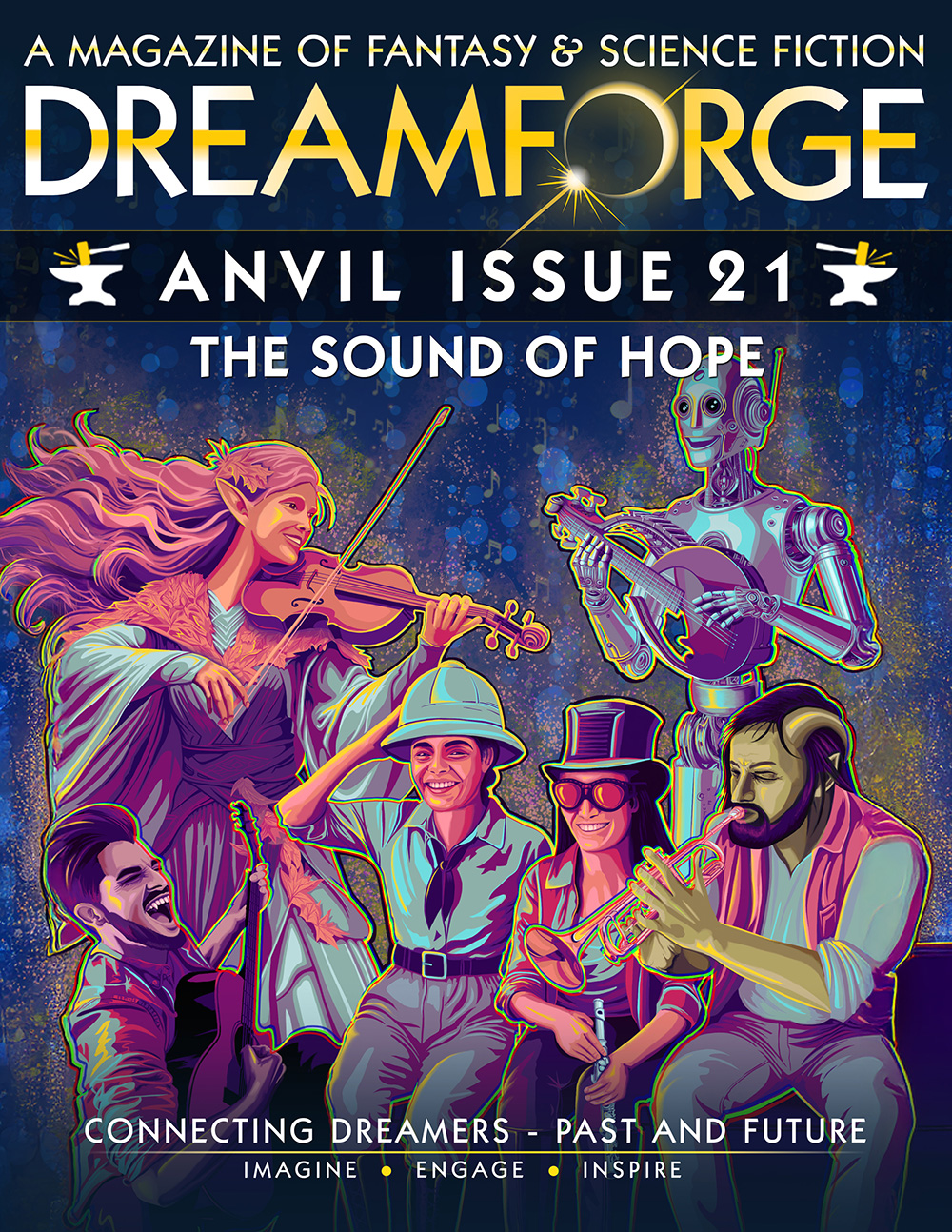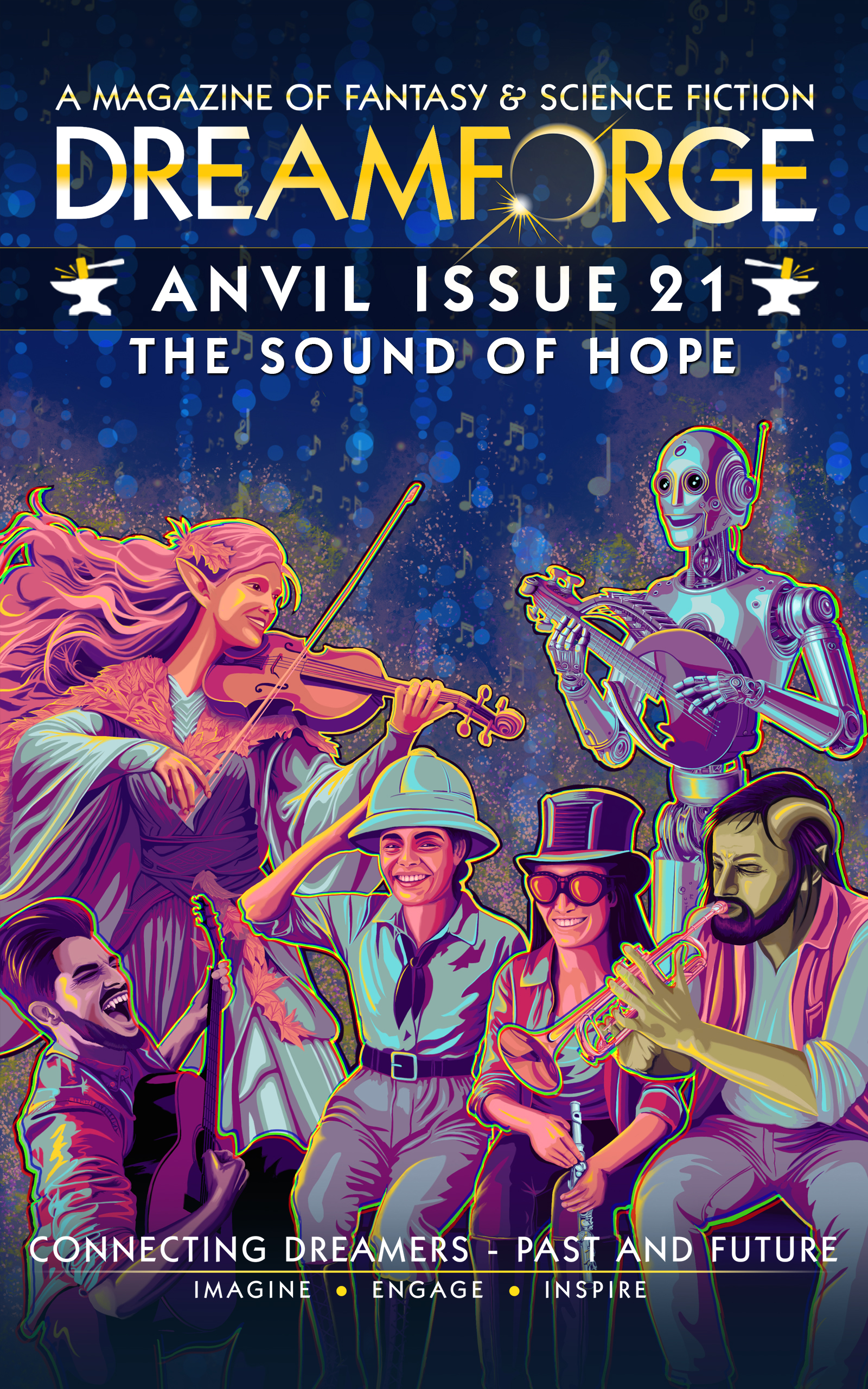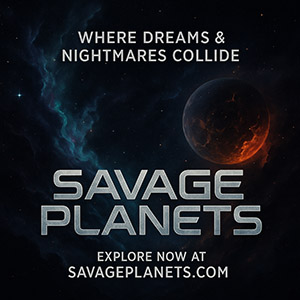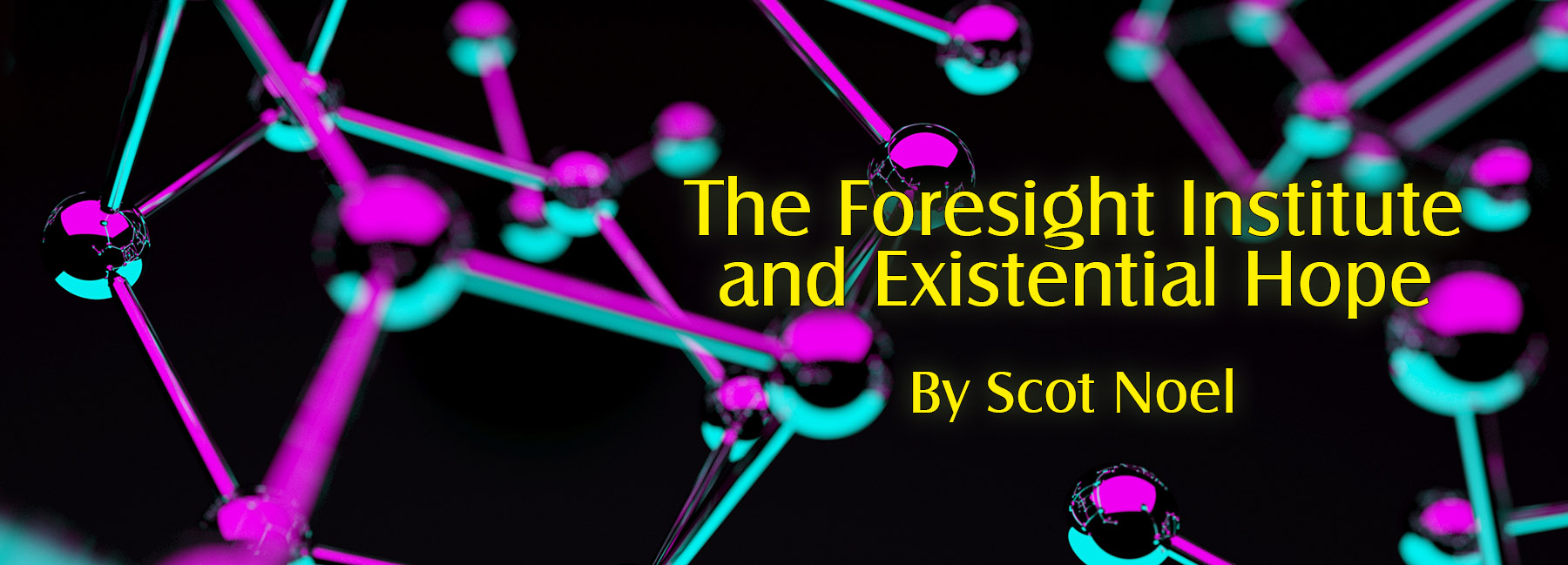
Betting on Better Futures
If you judge the future by today’s headlines, you’d be certain to think humanity’s best days are behind us. But let’s take another step outside the doom-loop, shall we? I recently came across The Foresight Institute, a quiet movement of Existential Hope dedicated to mapping credible paths to a better tomorrow. Frankly, I’m surprised I hadn’t heard of this before; it’s been around for nearly 40 years.
Founded in 1986, the Foresight Institute champions high‑impact, long‑term technologies with the promise of transforming tomorrow. (https://foresight.org/)
Foresight often leans into ideas that are too early for conventional funders—beginning with K. Eric Drexler’s vision for molecular nanotechnology in Engines of Creation and carried forward by co‑founder Christine Peterson.
What Foresight Actually Does
Foresight runs a simple playbook: convene top talent, draw “tech maps” to clarify the road ahead, reward frontier progress, and back promising people for a year so they can move faster. The Fellowship pairs researchers, entrepreneurs, and tinkerers across domains —biotech, nanotech, neurotech, computing/AI, and space— with mentors, salons, and workshops designed to unlock momentum that most institutions are simply not in a position to consider in any practical way.
Those workshops aren’t just another form of TED Talk. These are working sessions focused on doing something about bottlenecks. For example: accelerating software and simulation for complex molecular machines so lab work can leap ahead instead of inching forward. The point is to identify tractable problems, match them with talent, and make progress visible. They focus on a variety of areas, including:
- Neurotechnology and Brain-Computer Interfaces (BCIs)
- Biotechnology and Longevity
- Nanotechnology and Atomically Precise Manufacturing
- Artificial Intelligence Safety and Geopolitics
- Space Exploration and Multiplanetary Futures
- Existential Hope and Flourishing Futures
Of course, a few of my questions in hearing all this were: Is this a tech-bro scam? What are the controversies? Instead of finding the dirt, I just found an organization focused on results instead of headlines.
Tech Trees: From Vague Hype to Actionable Maps
Foresight’s Tech Trees provide a compass to the state of emerging fields. These living maps sketch the milestones, actors, dependencies, and pitfalls across areas like longevity, molecular machines, neurotech, space, and cryptography. They reveal where funding today has the potential to shift an entire branch of knowledge or research, and where a new technique (or even a graduate student) can crack a stuck problem. It’s open, remixable, and designed for newcomers and veterans alike.
There is a Tech Tree Intro on YouTube. (Search “Tech trees & DAOs to advance ambitious science”)
In the field of longevity, for example, a Tech Tree might highlight extracellular matrix repair or partial reprogramming as keystones, then show the labs, toolkits, and studies that move each rung forward. In molecular machines, it might track advances from DNA origami to atomically precise manufacturing, clarifying the software, instruments, and chemistries that unlock the next level. Foresight avoids hype for real insight and direction. (Why does Asimov’s Foundation come to mind as I learn more about this?)
Prizes That Nudge the Possible
Since 1993, Foresight’s Feynman Prizes have honored —and steered— serious work in nanotechnology, from DNA computing to molecular machine design. The awards help legitimize ambitious goals and keep attention trained on atomically precise engineering. A companion Grand Prize sets a clear north star: demonstrate both a nano‑scale robotic arm and a nano‑scale computing device with specified features—concrete goals with the potential to transform sci‑fi into lab work.
Existential Hope, on Purpose
As I indicated at the beginning, Foresight also champions the concept of Existential Hope. Instead of merely cataloging risks, the project curates visions, workshops, and books like “Gaming the Future” that treat cooperation technology as a first‑class lever for human progress. The premise is quite simple: if we can name the futures we want to live in, we can coordinate toward them collaboratively, with real rewards focused on actionable goals we can achieve today.
Culture That Accumulates
Part of Foresight’s charm is cultural. Where some institutes guard prestige, Foresight defaults to participation. Tech Trees live on the open web and GitHub; workshop notes become field guides; Fellows graduate into mentors. Even its co‑founder helped shape the wider culture of openness—Christine Peterson famously coined the term “open source” for software development, a reminder that words can reframe whole movements. (Be honest, you didn’t know where that term came from either, did you?)
And because the organization spans domains, ideas cross‑pollinate. A control algorithm from space robotics might inspire a tool for molecular assembly. A longevity assay might sharpen an AI lab’s model of cellular aging. The “interdisciplinary gap” isn’t a gap when the same people are swapping notes across it.
Why This Matters Now
We’re entering an age when technical capabilities and scientific knowledge are compounding exponentially. AI assistants accelerate literature reviews and lab design; molecular tools approach bond‑by‑bond precision; space hardware gets cheaper; neurotech inches from measurement to intervention.
In periods like this, coordination is leverage. (Read that again, it’s the most important line in this article.)
Institutions like the Foresight Institute that help clarify paths, connect disciplines, and welcome new builders can literally change the trajectory of the future.
A Hopeful Takeaway
The Foresight Institute demonstrates every day that hope isn’t a mood, it’s a method: specify the future you want, break it into milestones, gather allies, reward traction, and keep the maps public so anyone can help. Foresight has practiced that method for nearly four decades, long enough to see once‑speculative ideas become respectable—and then useful.
- By championing molecular-scale engineering in the 1980s–90s, Foresight helped shape the U.S. National Nanotechnology Initiative (2000), unlocking tens of billions in R&D that led to real products like stronger/lighter nano-composites, targeted drug delivery, and useful nanosensors.
- Through Christine Peterson coining “open source” at a 1998 Foresight session, the institute catalyzed a movement that now underpins Linux/Android, GitHub-scale collaboration, and low-cost, open tools across science and manufacturing.
- By awarding J. Fraser Stoddart a 1993 Feynman Prize for molecular switches, Foresight validated molecular machines early, accelerating work that now informs smart drug release, self-assembling materials, and nanoscale data storage.
- By spotlighting David Baker with the 2020 Feynman Theory Prize, Foresight helped legitimize algorithmic protein design that today delivers custom enzymes, next-gen vaccines, and greener biomanufacturing.
- By recognizing Michelle Simmons with the 2015 Feynman Prize, Foresight highlighted atomically precise silicon qubits, helping bridge lab advances to today’s industrial quantum prototypes for drug-discovery simulation and complex optimization.
The Foresight Institute believes that humanity can level up—wisely, cooperatively, and with eyes open, and so do we at DreamForge. Let’s get on it.


